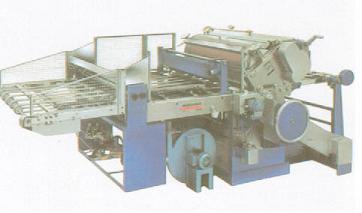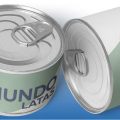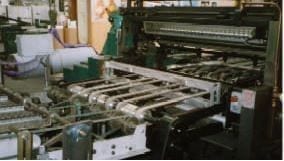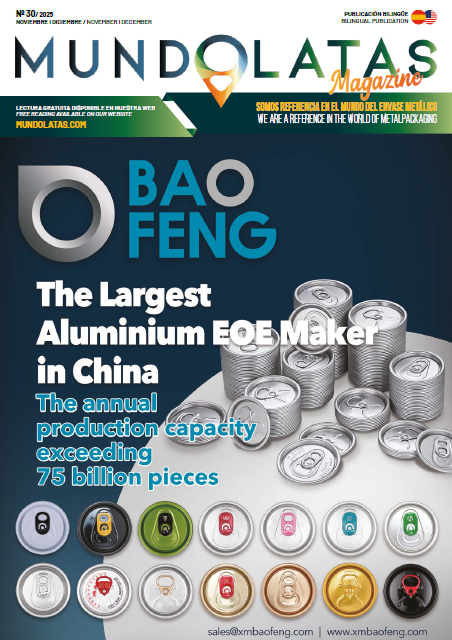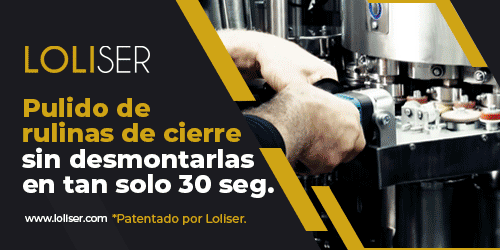Introduction
The use of coatings on food cans is essential to ensure the quality, safety and durability of packaged products. Varnishes protect metal surfaces from corrosion, improve chemical resistance and provide a barrier between the contents of the container and the metal. This white paper discusses in detail food can coating technology, its applications and trends in the industry.
⦁ Varnish technology in food cans
1.1. Types of varnishes
The coatings used in food cans can be classified into two main categories: solvent-based coatings and water-based coatings. Solvent-based coatings are formulations of synthetic resins dissolved in organic solvents, while water-based coatings contain resins in aqueous emulsion.
1.2. Composition and properties
Food can coatings are mainly composed of synthetic resins, such as epoxy, phenolic, acrylic, polyester and polyurethane resins. These resins provide specific properties such as chemical resistance, flexibility, adhesion and heat resistance. Coatings may also contain additives, such as antioxidants, UV stabilizers and slip agents, which improve their properties and performance.
1.3. Application process
The varnish application process on food cans may vary according to the type of varnish and the design of the container. In general, the varnish is applied in a thin, uniform layer on the metal surface and dried by heat or ultraviolet radiation.
⦁ Varnish applications on food cans.
2.1. Corrosion protection
Varnishes form a protective barrier between the contents of the container and the metal surface, preventing corrosion and prolonging the shelf life of the packaged product.
2.2. Improved chemical resistance
Varnishes improve the chemical resistance of food cans, protecting them from the corrosive effects of acidic and sulfurous foods and carbonated beverages.
2.3. Aesthetics and design
Varnishes can also be used to enhance the appearance and design of food cans, providing gloss, color and special effects, such as metallic and holographic.
⦁ Trends in the food can coatings industry.
3.1. Ecological varnishes
Growing concern for the environment has prompted the development of environmentally friendly coatings, such as water-based coatings and low volatile organic compound (VOC) coatings.
3.2. Innovations in resins and additives
Research and development in resins and additives has led to the creation of coatings with improved properties, such as higher heat resistance, better adhesion and greater flexibility.
3.3. Customization and design
The demand for customized and attractive packaging has driven innovation in special effect coatings and unique finishes.
Conclusion
Food can coatings play a crucial role in the protection and preservation of packaged products. The evolution of coatings technology and industry trends point towards more environmentally friendly and customized solutions that guarantee the quality and safety of food packaged in metal cans.



